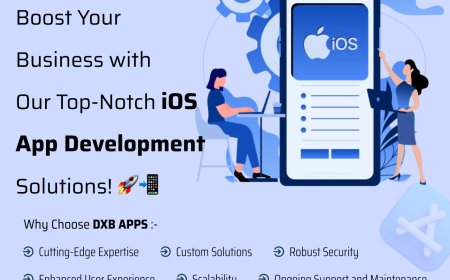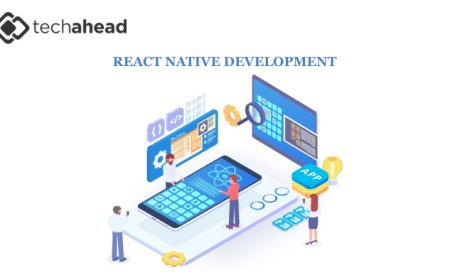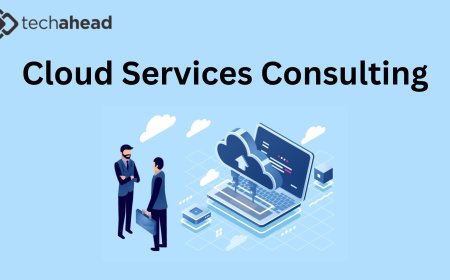Understanding the Benefits and Challenges of Employee Monitoring
Monitoring of employees also contributes to performance management. Conventional performance appraisals are usually based on personal views and occasional evaluation. Monitoring, on the contrary, helps to obtain objective data in real-time and thus makes it possible to evaluate and give constructive feedback. It enables managers to appreciate success and solve problems in time.

Surveillance among the employees has emerged as a common practice among most organizations aimed at streamlining performance and accountability. Although the advantages of this strategy are quite high, there are certain challenges that accompany this strategy that should be addressed with due deliberation. Balance between the two is important in the application of effective and ethical monitoring practices.
One of the best advantages of monitoring employees is that it will increase their productivity. Keeping records of how employees utilize their time will help the companies to detect inefficiencies and reorganize workflows and promote time management. Observation also provides an insight on how teams work, the use of resources, and the efficiency of work.
Security is yet another important benefit. The monitoring can be used to identify malicious actions like theft of data, policy noncompliance, or misbehavior. This is particularly relevant in those industries that deal with sensitive or confidential information. Through early detection of employee activity, organizations may protect their online resources and minimize organizational threats.
Monitoring of employees also contributes to performance management. Conventional performance appraisals are usually bas

ed on personal views and occasional evaluation. Monitoring, on the contrary, helps to obtain objective data in real-time and thus makes it possible to evaluate and give constructive feedback. It enables managers to appreciate success and solve problems in time.
The emergence of remote working has increased the concern of visibility. It might be hard to measure engagement and productivity in distributed teams. The employee monitoring software is an important gap-filling instrument. Screen tracking, time logs, and productivity analytics are some of the features that can help managers to keep the surveillance and make sure that employees work in accordance with the organizational goals.
Nevertheless, employee monitoring has a number of difficulties, despite the mentioned benefits. Employee privacy is one of the burning ones. An excess of surveillance or lack of reporting monitoring activities may result in mistrust and low morale. It is necessary to talk freely about what they are watching and the reasons.
Another essential issue is adherence to the law. Some jurisdictions require organizations to get the consent of the employees before deploying monitoring solutions. Non-compliance with laws like the GDPR may lead to fines and the negative reputation of the company.
There is also the threat of micromanaging. Over monitoring may lead to stressful environment at the workplace where employees may feel to be under constant surveillance. This can minimize creativity, independence and job satisfaction in general. In order to prevent this, firms have to create a balance between control and autonomy.
Employee monitoring software must not be applied as a control tool, however, must be applied as a support and enhancement tool. It ought to assist in determining the areas of missing skills, make operations more efficient, and generate chances of personal development. When applied properly, it can increase and not degrade trust.









































